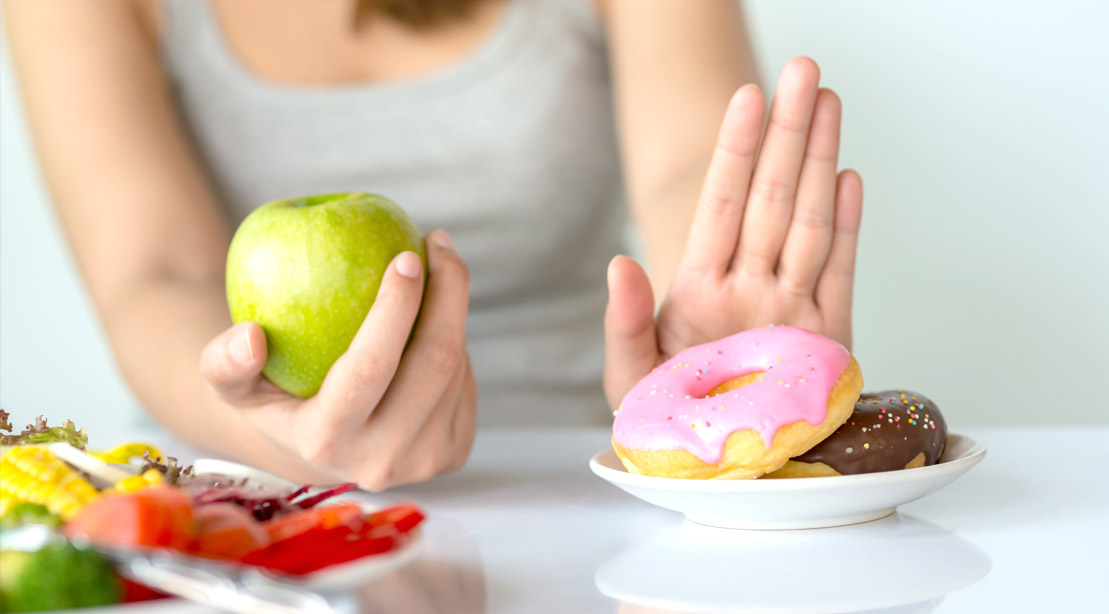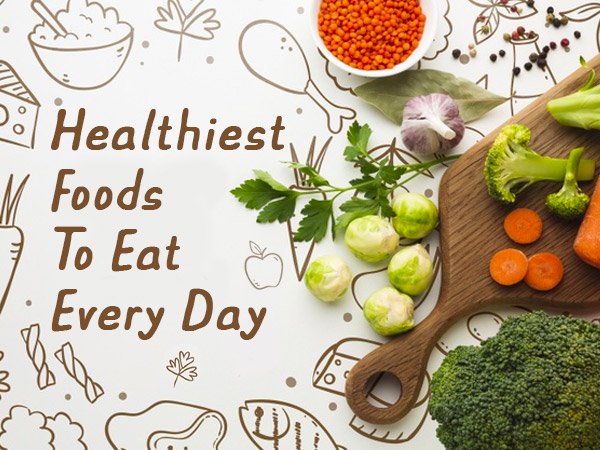
While there are some healthy foods you should avoid if you have GERD, it doesn't mean that you have to stop eating your favorite foods. Your symptoms will improve and your chances of getting GERD are lower if you make changes to your diet. Some of the best changes to your diet are to cut out citrus fruits and substitute non-citrus fruit. You can also eat a lot more vegetables, and avoid high-fat ones.
To add flavor to your meals, fresh herbs can be used in place of fruits and veggies. Just make sure that they aren't too acidic. Onions are a great way to add flavor without inflaming your esophagus. For the same effect, try adding green or chopped shallots. No matter what type of onion you use, start small and gradually increase your quantity.
Toxic foods such as tomatoes and tomato sauce should be avoided. Tomatoes are rich in lycopene. This powerful antioxidant fights cancer. However, acidity can cause inflammation of already inflamed tissue in your esophagus. These foods should be avoided whenever they are possible. Watermelon and watermelons are two other food sources of lycopene, along with tomatoes.

Avoiding pizza is a good idea. Pizza should only be consumed once per week. Combining spicy foods with fatty foods can lead to GERD symptoms. Also, avoid fried or fatty foods. Avoid chocolate, coffee, and all forms of alcohol. Caffeine drinks can irritate the esophagus and lead to acid reflux. Those with GERD must limit their intake.
You should avoid eating spicy food on a regular basis. While onions are an excellent staple, they can lead to heartburn. Onion stimulates acid and bile production. It is possible to put out the fire by cooking onions. Adding onion to your list of foods to avoid with GERD can help you manage the condition. These aren't the only foods you should avoid if you have GERD. However, it is important to be aware of them.
These foods are generally best avoided. However, certain foods may make your symptoms worse. If you have GERD, it is best to avoid spicy foods. These foods can interfere with the lower end of the esophageal system, increasing stomach acid. You should also avoid chocolates, as they contain caffeine and cocoa. All of these substances are acidic and should be avoided with GERD.
It is important that you are aware of what foods can trigger GERD symptoms. Some foods can worsen symptoms while others may cause severe pain. Some foods to avoid with GERD include citrus fruits, citrus juice, and alcohol. Keeping these items in moderation is essential to maintaining your health. These foods should be limited in your diet. If you're not sure which foods to avoid with GERD, you should consult your doctor to discuss your symptoms.

If you have GERD, avoid spicy foods and alcohol. The ingredients in these foods can contribute to the occurrence of GERD. Limiting the intake of these foods is a good idea. Also, remember that caffeine as well as alcoholic beverages can be acidic. You should avoid eating certain foods if your GERD symptoms are caused by them.
Citrus fruits are another food that should be avoided if you have GERD. Citric acid in citrus fruits, such as grapefruit and oranges can make your symptoms worse. It is important not to consume too many citrus fruits. You may not have to completely eliminate all citrus, but you should limit it to a moderate level. You can eat the fruit as much as you like and drink as many times as possible. But, if you must, you should limit your citrus fruit consumption.
Avoid dairy products if you have GERD. Dairy products may be soothing for some people suffering from GERD, but can actually worsen the condition. Avoid caffeine, alcoholic drinks, caffeine and other stimulants. Your diet can also trigger GERD symptoms. Make sure to consult your doctor about your food allergies. If you already take medication for GERD, it will make it easier to make a healthier lifestyle choice.
FAQ
How do you get enough vitamins?
The majority of your daily needs can be met through diet alone. Supplements may be necessary if you are not getting enough of a particular vitamin. A multivitamin can contain all the vitamins that you need. You can also buy individual vitamins in your local drugstore.
Talk to your doctor to find out which foods are rich in vitamins. For example, dark green leafy vegetables such as spinach, broccoli, kale, collard greens, turnip greens, mustard greens, bok choy, romaine lettuce, arugula, and Swiss chard are rich in vitamins K and E. Other good sources include oranges, tomatoes, strawberries, cantaloupe, carrots, sweet potatoes, pumpkin, and squash.
If you are not sure how much vitamin you should be consuming, ask your doctor. Based on your medical history and your current health, your doctor can recommend the correct dosage.
What are 5 ways to live a healthy lifestyle?
Living a healthy lifestyle includes eating right, exercising regularly, getting enough sleep, managing stress, and having fun! Healthy eating means avoiding sugary and processed foods. Exercise can help you burn calories and strengthen your muscles. Getting enough sleep improves memory and concentration. Managing stress reduces anxiety and depression. Fun is key to staying young and vibrant.
What should my diet consist of?
Get lots of fruits & vegetables. They are rich in vitamins that can strengthen your immune system. They are also rich in fiber, which is good for digestion and makes fruits and vegetables filling. You should eat at least five servings per day of fruit or veg.
Drink plenty of water. Water flushes toxins from the body and gives you a full feeling between meals. Drink about eight glasses each day.
Consume whole grains and not refined. Whole grains have all the nutrients they need, including B vitamins. Refined grains have been stripped of some of their nutrition.
Avoid sugary drinks. Sugary drinks are high in empty calories and can lead to obesity. Instead, choose water, milk, and unsweetened tea.
Avoid fast food. Fast food is low in nutritional value. While it might taste good, it won't give your body the energy it needs to function properly. Instead, stick to healthier options such salads and soups as well sandwiches and pasta.
Reduce your alcohol intake. Alcohol can lead to poor nutrition and empty calories. Limit yourself to no more than two alcoholic beverages a week.
Red meats should be avoided. Red meats contain high amounts of saturated fats and cholesterol. Instead, choose lean cuts of beef and pork, lamb, chicken or fish.
Statistics
- nutrients.[17]X Research sourceWhole grains to try include: 100% whole wheat pasta and bread, brown rice, whole grain oats, farro, millet, quinoa, and barley. (wikihow.com)
- According to the 2020 Dietary Guidelines for Americans, a balanced diet high in fruits and vegetables, lean protein, low-fat dairy and whole grains is needed for optimal energy. (mayoclinichealthsystem.org)
- WHO recommends reducing saturated fats to less than 10% of total energy intake; reducing trans-fats to less than 1% of total energy intake; and replacing both saturated fats and trans-fats to unsaturated fats. (who.int)
- The Dietary Guidelines for Americans recommend keeping added sugar intake below 10% of your daily calorie intake, while the World Health Organization recommends slashing added sugars to 5% or less of your daily calories for optimal health (59Trusted (healthline.com)
External Links
How To
How to Live a Healthful Lifestyle
Healthy lifestyle means you can maintain your weight, health, and fitness. It is a lifestyle that emphasizes healthy living. This includes exercising regularly, eating well, avoiding alcohol, smoking, tobacco, and drug abuse. A healthy lifestyle can help you feel confident and fit. In addition, a healthy lifestyle reduces your risk of chronic diseases like heart disease, stroke, diabetes, cancer, osteoporosis, arthritis and many others.
This project had the main objective of providing a step-by–step guide to living a healthier lifestyle. The introduction was the first portion of the project. It describes the benefits of living a healthy life, what it means, and who we are. Next, I wrote the body paragraphs. These include tips and tricks for maintaining a healthy lifestyle. Finally, I wrote the conclusion. This summarizes the entire article, and provides additional resources, if needed.
I was able to learn how concisely and clearly I could write my paragraphs through this assignment. Additionally, I learned how organize my thoughts into topic sentences and supporting information. Additionally, I learned how to organize my ideas into topic sentences and supporting details. Lastly, I gained knowledge on how to use proper grammar when writing.